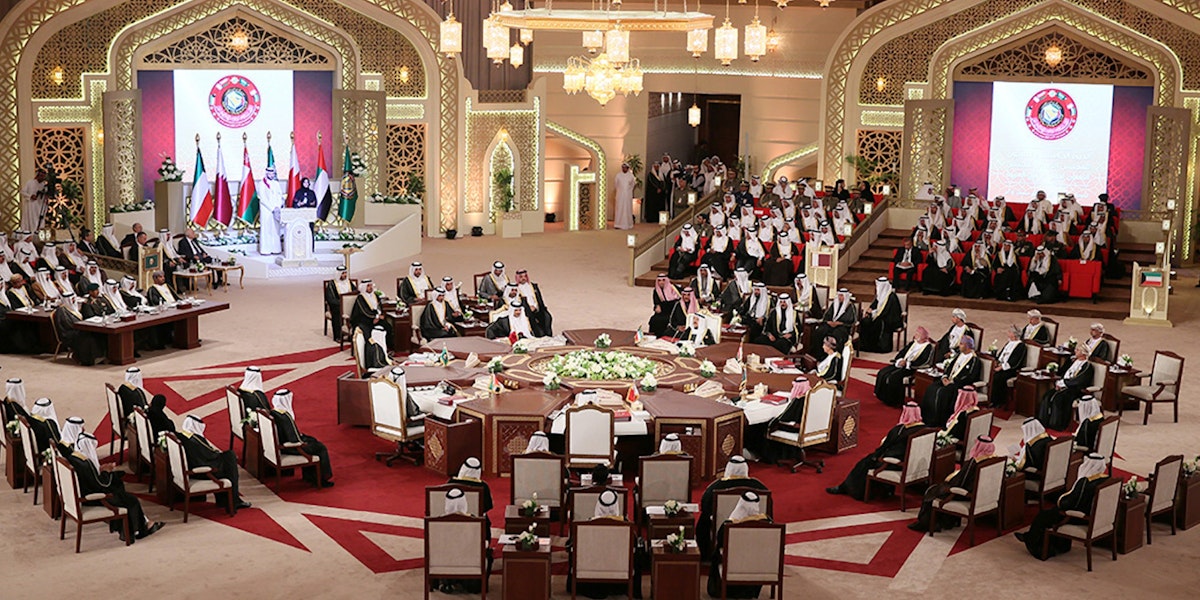The British royal family has always captivated the world, embodying tradition and resilience.
However, behind the illustrious façade of Buckingham Palace lies a complex narrative filled with modern challenges, internal rifts, and constant public scrutiny.
These issues, once hidden beneath layers of royal protocol, are now unfolding in the spotlight, drawing the attention of audiences everywhere.
Prince Harry‘s recent return to the UK has reignited discussions about loyalty, reconciliation, and the monarchy’s future.
Officially, he is here to commemorate the tenth anniversary of the Invictus Games, an initiative close to his heart and a testament to his commitment to veterans.
Yet, this visit is laden with deeper familial tensions and unresolved conflicts that raise questions about how the monarchy can adapt in a rapidly evolving world.
Once upon a time, the relationship between Prince Harry and Prince William was a cornerstone of royal unity.
As the sons of Princess Diana and King Charles III, they grew up under the watchful eyes of the public, navigating the pressures of royal life together.
In their early years, they were inseparable, bonded by shared experiences and a profound understanding of their unique positions within the royal family.
Together, they symbolized a modern monarchy that could seamlessly blend tradition with progress.
The tragic death of their mother in 1997 marked a pivotal moment in their lives.
It united them in grief and solidified their roles as beacons of hope for a nation in mourning.
For years, they appeared as a cohesive front, determined to honor Diana’s legacy while weathering the storms of public life.
However, as they matured, their paths began to diverge significantly.
William embraced his responsibilities as the heir to the throne with unwavering dedication.
His marriage to Catherine Middleton signified a new era, positioning him as a stable figure poised to lead the monarchy into the future.
On the other hand, Harry struggled to carve out his own identity within the rigid confines of royal life.
Known for his adventurous spirit and desire for authenticity, he often found himself at odds with royal expectations.
His marriage to Meghan Markle marked a significant turning point, introducing dynamics that led to their eventual departure from royal duties and relocation to the United States.
The couple’s decision to step back from royal responsibilities sent shockwaves through the monarchy.
Dubbed “Megxit” by the media, their exit was perceived by many as a betrayal of the institution they once represented.
This departure not only represented a personal loss for the royal family but also exposed deep-seated tensions within the House of Windsor.
Since then, the rift between Harry and his family has only widened.
Harry’s memoir, “Spare,” along with various high-profile interviews, has revealed his grievances, painting a picture of a family torn apart by miscommunication and differing priorities.
While William has largely maintained silence on the matter, adhering to the royal motto of “never complain, never explain,” the strain in their relationship is palpable.
Reports of awkward interactions and cold encounters suggest that the bond they once shared has been profoundly affected by recent events.
For King Charles III, the challenge is twofold: as a father, he must navigate the complexities of familial discord, and as a monarch, he must safeguard the stability of the royal institution.
His recent invitation to Harry for a private meeting is seen as a gesture of reconciliation, emphasizing the high stakes involved.
The nation watches closely, aware that the outcome of these discussions could have far-reaching implications.
The British public has always been invested in the royal family’s affairs, viewing them as both symbols of national identity and sources of intrigue.
However, the narrative surrounding Harry and Meghan has polarized opinions.
Some commend their choice to forge their own path, while others criticize them for what they see as a betrayal of royal values.
The media plays a crucial role in shaping these perceptions, with relentless coverage often blurring the lines between fact and speculation.
At the core of this family saga is the enduring legacy of Princess Diana.
Her influence is evident in the values and priorities of her sons.
For William, her memory inspires his commitment to service and a vision for a modern monarchy.
For Harry, she symbolizes compassion and authenticity, driving many of his personal choices.
Yet, their differing approaches to honoring her legacy highlight the contrasting paths they have taken, adding another layer of complexity to their relationship.
Under King Charles III’s reign, the monarchy faces unprecedented challenges.
The institution, steeped in tradition, must navigate a rapidly changing landscape while addressing the internal divisions that threaten its stability.
William and Catherine, the Prince and Princess of Wales, have emerged as champions of a modern monarchy, tackling issues like mental health and environmental conservation.
Yet, the shadow of Harry and Meghan looms large, complicating efforts to project unity and progress.
As Harry’s visit unfolds, the stakes for the royal family are higher than ever.
The potential for reconciliation offers a glimmer of hope, but the road ahead is fraught with challenges.
For a family defined by duty and tradition, balancing personal relationships with public expectations is a complex endeavor.
With the world watching, the House of Windsor faces a critical moment that could shape not only its future but also its place in the hearts of the British people.
What lies ahead for this storied institution remains uncertain, but one thing is clear: the decisions made in the coming months will profoundly impact the legacy of King Charles III and the monarchy itself.

